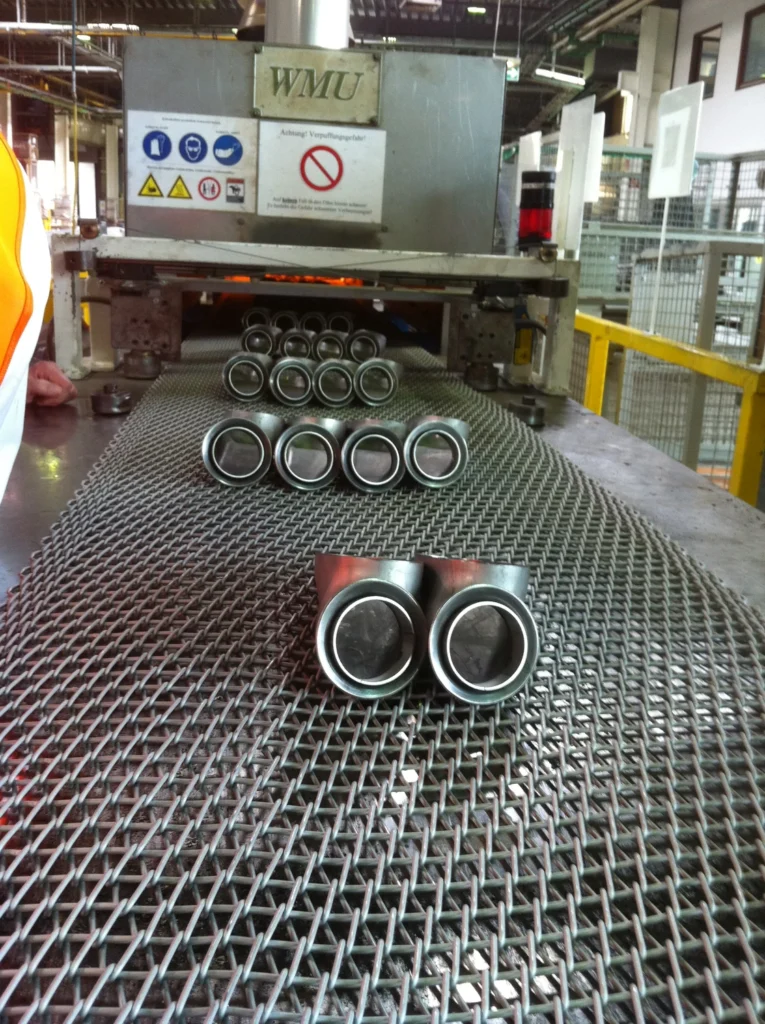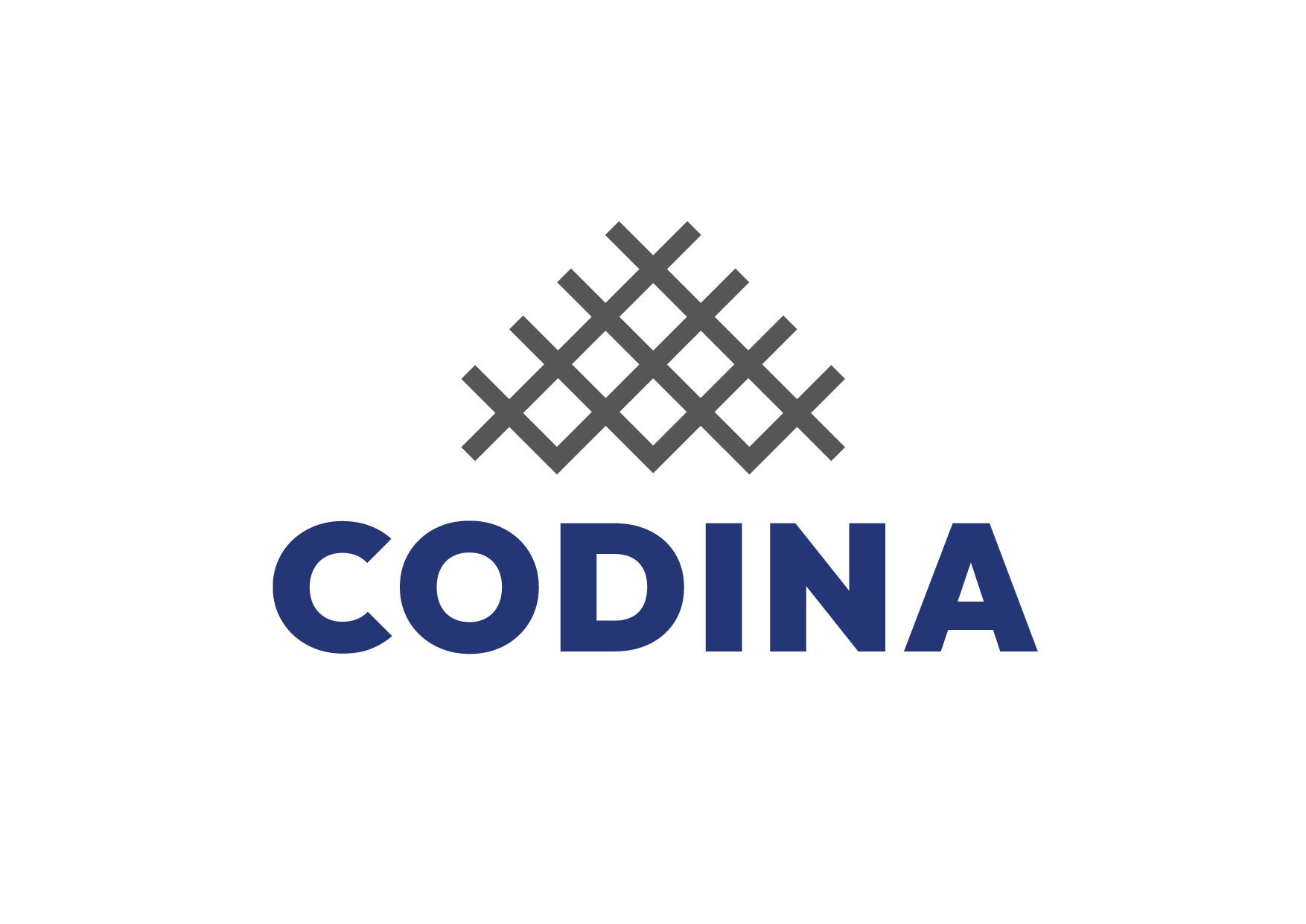Tapes for welding processes
Conveyor belts for industrial welding processes
Brazing is a process of continuous and semi-automatic production, by which two metallic components are joined with a filler metal lower than the composition of the components to be joined, at a given temperature. This type of production process allows designers and production engineers to join simple or complex designs that have a joint or several. Some of its applications include: aerospace components, automotive components, electronic devices, among others. The conveyor belts used for this type of process are mainly manufactured with AISI 314 / 25-20 / 1.4841 or AISI 330 / 37-18 / 1.4864
Codina can also manufacture such conveyor belts for welding processes in other materials on demand.

Materials for conveyor belts in the welding industry
AISI 314/25-20/1.4841
This material is suitable for processes whose execution temperature is between 900°C and 1160°C. However, this material is not suitable for processes where the tape can work during some phase between 750ºC and 850ºC, since it becomes fragile by sigma phase formation.
AISI 330/37-18/1.4864
Corrosion and high temperature resistant material, offers high mechanical and carburizing resistance. It can work at temperatures up to 1160°C. The main property of this material is that it remains austenitic during the temperature range of the Sigma phase (750-850°C).
Conveyor models most used in the sector
Conveyor belts for welding in different sectors and uses
Welding material transport belts
- Transport of metal parts to welding stations.
- Movement of components along assembly lines for sequential welding.
Conveyor belts for integration into automated welding cells
- Conveyor belts for automated welding robots.
- Coordination of the movement of pieces with robotic welding arms.
Conveyor belts for in-line welding systems
- Continuous transport of parts through welding stations.
- Optimization of production flow through in-line welding.
Precise parts positioning
- Exact alignment of welding parts.
- Support for fixing parts during the welding process.
Welding of electronic components
- Transportation of printed circuit boards (PCBs) for welding of electronic components.
- Maintenance of stability and precision during the welding of sensitive electronic components.
Welding of large structures
- Transport of large metal assemblies, such as car structures or heavy machinery.
- Movement of structures through welding stations for welding processes in multiple stages.
Pipe and pipe welding applications
- Transport of pipes and pipes for butt welding or circumferential welding.
- Support for rotation of tubes during welding.
Resistance welding processes
- Movement of parts to resistance welding stations (by spots or seams).
- Transport of conductive materials through resistance welding processes.
Laser welding
- Transport of parts to laser welding stations.
- Maintenance of accurate alignment for high-precision laser welding.
Car body welding
- Transport of panels and body components for assembly and welding.
- Coordination with welding robots in automotive production lines.
Aviation component welding
- Movement of aircraft parts for high-precision welding processes.
- Transport of structural components for assembly and welding in the aeronautical industry.
Welding in the metal furniture industry
- Transport of metal furniture pieces for welding and assembly.
- Movement of components through welding stations in the manufacture of furniture.
Welding of pressure vessels and boilers
- Transport of plates and components for assembly and welding of pressure vessels.
- Movement of large structures through welding processes for industrial boilers.
Welding of construction equipment
- Transport of components of construction equipment for assembly and welding.
- Movement of large and heavy parts through welding stations.
Welding in the manufacture of household appliances
- Transport of parts and components for assembly and welding of household appliances.
- Coordination of production flow in the manufacture of metal appliances.
